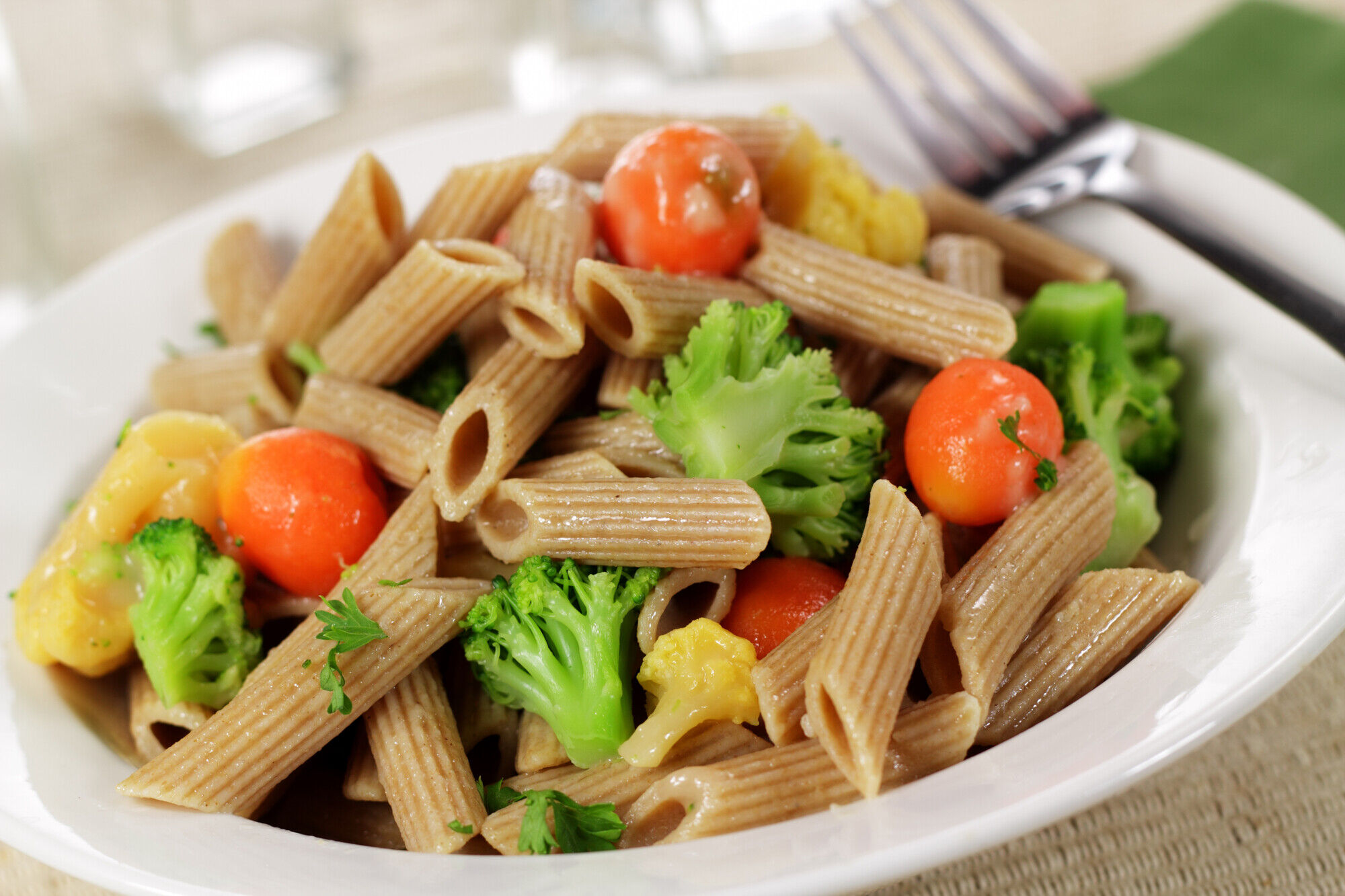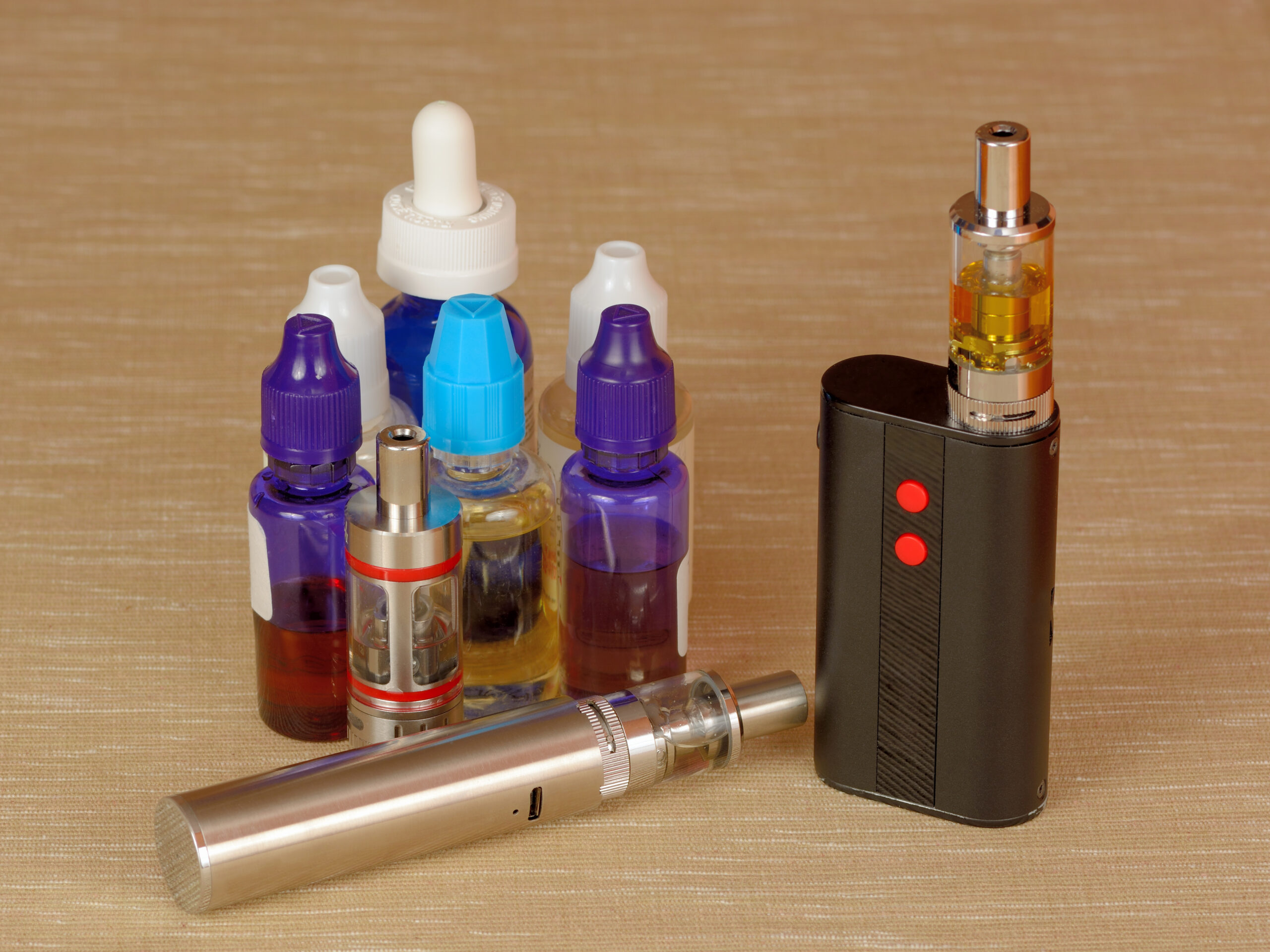For many of us, carbohydrates are our main source of energy, and we can often feel bamboozled by media hype surrounding carbs. If you feel like low carb could be right for you, let’s look at ways to making low carb eating work.
What does eating low carb look like?
To eat a low carb diet, you’d look to have less than 130g a day. You could split your carbs like this:
- Eat 20% of your carb intake for breakfast (around 26g).
- Eat 30% of your carbs for lunch and dinner (around 39g for lunch and dinner).
- Eat 10% for snacks (around 13g).
Wait, are you thinking, “that’s only accounting for 90% of my carbs?” You’re right! That’s because we’ve left a buffer of 10%.
It’s important to remember that if you want to lose weight, calories still count. So if you cut carbs but still eat lots of high fat foods like cheese, butter, margarine, oils or fatty red meat, you might not see results. Our eating plan aims to provide around 1500 kcal a day by reducing your carbs. This will help you lose around 1-2lbs a week.
Top tips to eating fewer carbs
- Reduce sugar and starchy carbohydrate foods like bread, pasta, cakes, biscuits, fruit juice and fizzy drinks.
- Eat more non-starchy vegetables. Celeriac and radishes are both great low carb options!
- Choose good fats like olive or rapeseed oil and avocado. Eat nuts and cheese in moderation as they’re high in calories.
- Choose fruit that’s naturally lower in sugar like berries, apples and pears. Bananas, mango or pineapple have a higher sugar content.
- Eat some form of protein at each meal. Protein is essential for your body’s growth and repair and it helps you feel full for longer. Choosing lean meat helps keep the calories down.
- Reduce snacking. Snack less often and aim for a gap between meals and overnight to help improve insulin resistance.
- Keep up your fluids. Aim for 8 glasses of water a day.
Aim to eat around 4 portions of fresh green vegetables, 2-3 portions of lean protein and a small amount of healthy fats each day.
Foods to include
Meat & poultry, fish & shellfish, eggs & cheese, green vegetables, salad vegetables and good fats and oils.
Foods to eat in moderation
Wholegrain carbs, pulses and legumes, fruit and milk and yoghurt.
Try to avoid
Refined starchy foods, sugary foods and processed and fast food.
How many carbs are in it?
Here’s how many carbs are in some of foods we eat regularly:
- ½ pint of milk: 15g
- 3 portions of fruit: 30g
- 2 slices of wholegrain bread: 20g
- 1 portion of wholegrain pasta: 20g
What does 130g of carbs look like?
It varies from food to food but here’s a list of some foods and their carb content to give you an idea.
- Milk and dairy. 284ml/half pint/200g of either skimmed or semi-skimmed milk, or natural or diet yoghurt: 15g carbs
[when uploading the the CMS pls carry on turning the content in the tables below into bulletpoints as above, as we can’t use tables in the CMS]
| Food | Amount | Carbs (g) |
| Milk and dairy Either skimmed or semi skimmed milk Or natural or diet yoghurt | 284ml (½ pint) 200g (5oz) | 15 |
| Fruit | 3 portions | 30 |
| Pulses or legumes | I portion (100g) | 15 |
| Unrefined carbs | Up to 3 portions | 60 |
Each of the following is 20g of carbohydrate:
| Wholegrain, seeded, granary or rye bread | 2 thin or I thick slice | |
| Wholegrain or wholemeal roll | 1 small roll the size of a tennis ball | |
| Wholegrain pasta, brown or wild rice | 1 portion the size of a tennis ball | |
| Grains such as quinoa, couscous buckwheat, spelt or millet | 1 portion the size of a tennis ball | |
| New potatoes | 2 medium or 4 small | |
| Wholegrain breakfast cereal, porridge or unsweetened muesli | 4 tablespoons |
Fruit portions
Each of the following is 10g of carbohydrate:
- 100g (3½ oz) of apples, cherries, satsumas, kiwi fruit, nectarines, oranges, peaches, pears or plums.
- 150g (5oz) of fresh apricots, blackcurrants, grapefruit….
[when putting in the CMS pls carry on turning the table below into bulletpoints as above]
| 100g (3 ½ oz) | 150g (5oz) | 200g (7oz) | 400g (14oz) |
| Apples | Fresh apricots | Blackberries | Gooseberries |
| Cherries | Blackcurrants | Guava | Rhubarb |
| Satsumas | Grapefruit | Melon | |
| Kiwi fruit | Passion fruit | Raspberries | |
| Nectarines | Strawberries | ||
| Oranges | Blueberries | ||
| Peaches | Fruit cocktail- | ||
| Pears | tinned in juice | ||
| Plums |
Low carb snack ideas
- 1 rye crispbread with ½ mashed avocado, squeeze of lemon juice and 1 sliced tomato = 10.4g carbs
- 1 rye crispbread with 2 tbsps. of cottage cheese = 7.6g carbs
- 30g of low-fat cheese with ¼ cucumber = 1.5g carbs
- 4 tbsps tzatziki with 1 carrot cut into sticks = 11.9g carbs
- 170g pot fat free Greek yoghurt with 2 handfuls of raspberries = 10.5g carbs





